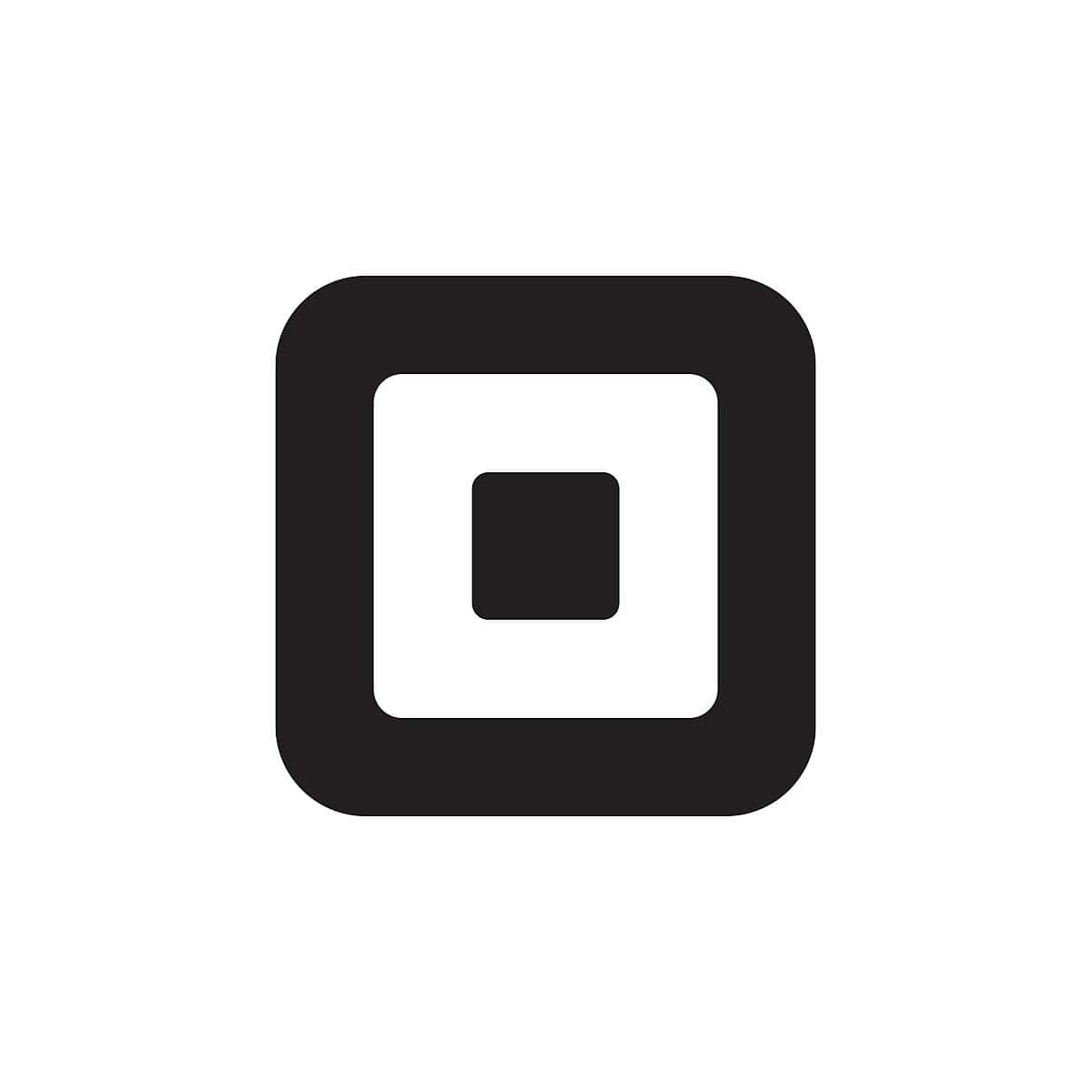Looking to start a side business to make some extra money? Start here! Our guide will help you decide if the side hustle life is right for you.
Many successful companies began as side hustles. Starting small but allowing room for growth gives you a chance at ultimate success while ensuring that you’ll still have your primary source of income if things don’t go according to plan or your side business fails.
Let’s walk through the process of starting a side business while keeping your day job.
Things To Consider Before You Launch A Side Business
St. Thomas Aquinas, one of the greatest philosophers of all time, wrote that “a little error in the beginning leads to a great one in the end.” Though he wasn’t talking about how to start a side business per se (he was talking about metaphysics), the principle still holds — you have to get clear on what you need to sort out before you start something new.
1. What Skills Do I Have That People Would Pay Me For?
You may have heard the saying, “If you’re good at something, never do it for free.” Chances are you have plenty of skills that others want to pay you for. And the awesome thing about side hustles is that they’re a great way to refine those skills and pick up additional ones along the way.
Maybe you’re the kind of person who loves to make art in your spare time. The next steps for you could be learning the basics on platforms such as Canva and selling graphic designs, brand logos, or personalized artwork.
Do you love animals? How about starting a pet-sitting business? A love of fashion could launch you into a side hustle running an online boutique.
Opportunities abound; your creativity and problem-solving skills will be your greatest assets here. But finding the right opportunity inevitably means knowing what you’re prepared and able to do.
2. What’s The Market Like For My Ideal Side Hustle?
Whether it’s a CMS subscription, a fancy new desk, or a bite to eat at the drive-through, people pay money to solve problems. If there’s no problem, well…you get the idea.
Researching your target market will give you the information you need to know about the viability of your side hustle. It could very well be the case that you’re sitting on a product or service that solves a specific pain point that someone is experiencing. From there, it’s simply a matter of establishing contact with your new customer base and determining how you’ll be paid for your work.
Find A Great Side Business Idea
It all starts here.
Think about the skills you’ve picked up at your current job. You may well have acquired marketable skills in your current position that could form the basis for your new business. And if you’re that hot-shot friend or employee that everyone comes to for advice, you could always offer consulting services to those seeking the knowledge you already possess.
Of course, if you’re not passionate about your current job and what you’ve been doing there, you should probably try something else. If your side business doesn’t involve something you love to do, you’re less likely to maintain the commitment you’ll need to see it through. Besides, who wants to start a business doing something that doesn’t bring joy or satisfaction?
As you run through ideas, consider whether or not you know anybody with experience in the field in question — somebody who could possibly recommend your services to others, or perhaps somebody who can give you honest feedback about the viability of your idea for a side business. Whatever it is you want to delve into, you’ll want to get some measure of validation beforehand from people with expertise in the subject.
Looking for some specific examples of businesses you could start? Check out our piece on side hustle ideas!
Make A Plan For Your Side Hustle
You’re going to need a plan to track your progress and milestones! As you’re drafting a business plan for the beginning stages of your side business, ask yourself questions such as:
- What products or services will I be selling, and how would I best describe them to my target market?
- How will I effectively measure successes and shortcomings?
- How much will it cost to launch my business, and when do I need to have the expenses covered?
- Do I need any certifications to establish my qualifications?
- Do I need business insurance, and if so, what types of coverage?
- What’s my timeline for all this? What’s my launch date?
As mentioned above, commit to setting aside a certain amount of time per week that you can devote to building your side business. This will almost certainly involve some tough choices. If you spend lots of time each week playing video games or reading your Twitter feed, those are obvious places to cut back. However, if you truly want your side hustle to grow and thrive, you’ll likely have to make some harder cuts. Going out with friends, going to the gym, taking a morning jog before work, and even sleeping — these are all things you may have to reduce if you want to give your business the attention it needs. Nobody said this was going to be easy!
If you’re considering starting a freelance business, you may want to look into accounting software that can help you with creating contracts. I should note that Square provides template contracts, free of charge.
Cover Your Startup Costs
Before your side hustle becomes profitable and self-sustaining, you’ll need to cover the costs of getting it off the ground. Inventory, software, a website — these things all need to be financed. You’ll need to set a budget and seek out funding sources.
Getting a business credit card is perhaps the most common means of financing startup expenses. You can also try taking out a loan. If you do, you may find it easier to obtain a personal loan (which can be used for business purposes) than a bona fide small business loan. Just be wary of taking on too much debt at this stage. You’ll have to pay off any debt incurred, lest your business foray results in lasting damage to your personal finances.
Another potential source of capital for your side hustle — a resource more commonly tapped than most entrepreneurs like to talk about — is your friends and family. Again, make sure you can pay them back. You don’t want a business failure to imperil your lifelong personal relationships. (Remember, failure is quite common in this arena.) Or if you don’t want to ask family for a loan, consider asking them to pitch into a crowdsourcing campaign like Kickstarter. Or read our guide on how to use GoFundMe to fund your business.
One thing that will significantly simplify your taxes and your accounting is to keep your personal and business financials separate from one another. If you’re able to get a loan, consider setting up a separate business bank account for the funds obtained and using the funds exclusively to fund your side business.
Separating your personal and business finances is important if you want to avoid getting audited, among other things.
Be prepared to understand how much money you need to start a business.
5 Business Challenges To Be Aware Of
It’s worth saying again — starting a side hustle will come with a set of obstacles. Here are specific challenges you ought to be aware of:
1. The Legal Aspects of Starting A Side Business
If there’s a market for your idea, there are probably regulations around it, too. The infamous Pink Sauce from TikTok is just one recent example that highlighted the importance of properly labeling and shipping foods meant to be refrigerated. (And I’m sure it gave everyone a renewed appreciation for the FDA, too.) Suffice it to say that depending on what you’re venturing into, you should be prepared to wry up on industry regulations and factor any necessary certifications, licenses, and classes into your startup expenses. Do your homework now so that you can mitigate unwanted surprises down the road.
On a much-related note, it’s worth mentioning that you may be bound under certain terms of your employment contract that prohibit you from starting a side business. If you signed a non-disclosure agreement (often shortened to NDA), then you can’t repurpose your company’s intellectual property to turn a profit. Likewise, if you signed an exclusivity clause when you started the job, then taking on additional paid work could amount to a violation of your contract. You would need to put your side business on hold.
2. Undercharging For Your Product Or Service
This one’s all too common. I could matter-of-factly tell you that you just need to know your worth, study your competitors, and do the math from there…but that wouldn’t seem to do justice to how much of a temptation it is to sell your work for less than its fair market value when you’re the new business on the block. Having specific rates and prices to refer to undoubtedly helps, but that’s only part of the picture.
There will come a time, however, when you have to start charging more. Here’s how you know you need to make the plunge:
- You’re taking on too much work, which is affecting its overall quality and delivery time
- You simply aren’t making a sustainable profit after factoring in your overhead costs
- You have no shortage of customers willing to hire you or purchase your offering at your current prices
Some of your customers are going to walk away. Yes, it’s scary. But think of it like this: If you’re netting the same amount of income from your remaining customer base after upping your prices, you’re in a far better position than before. You have more control over who you choose to do business with, and you can focus on the quality of what you deliver, ultimately justifying your higher price tag. Your loyal customers may even give you a referral or two.
3. Taking On Too Much Debt
Probably a no-brainer, but it’s worth mentioning. You may get so excited with the idea of your side business that you pile on expense after expense, convinced that it will all pay off…until it doesn’t, and you’re left scrambling. This is why it’s important to start small.
Take on only as much debt as you need to get the ball rolling. If business is booming, then you’re in a better position to decide whether you should leverage additional debt for higher returns.
4. Hiring Additional Help
If you’re so busy responding to emails or managing finances that you aren’t able to focus on work for your current customers, then you probably need to outsource those tasks. In fact, you can do that with any aspect of your business you don’t feel equipped to take on — delegate menial and repetitive work to an employee, business partner, or contractor. Your top priority is to invest your time into what generates the most income.
Remember, Your Side Business Is Still A Business
Your side hustle may not be your primary focus. After all, you’ve still got bills to pay and health coverage to maintain, so you don’t want to endanger your day job in the pursuit of a dream. Nonetheless, the same elements that translate to a greater likelihood of business success apply regardless of whether your business is your part-time or full-time endeavor.
Bear in mind that it is entirely possible to launch a side business doing what you love and watch it ultimately grow into something bigger. You don’t need to be some annoying Silicon Valley whiz kid rolling in VC cash to build a successful company. Just keep these tips in mind, and you never know — your side hustle just might turn into a thriving company that actually does give you the freedom to quit your day job.
And if it fails, well, at least you kept your day job, giving you a financial base from which to give entrepreneurship another try. Plenty of successful entrepreneurs have had businesses fail, so don’t get discouraged if things go south.
Now get out there and hustle!












